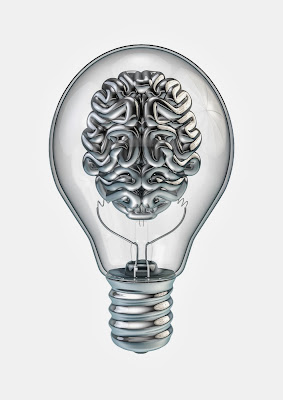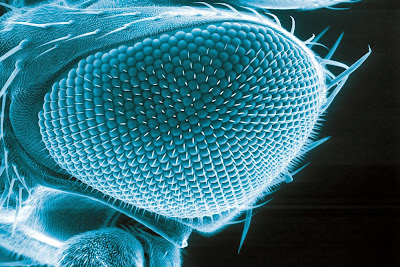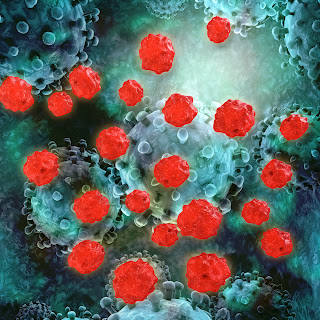
With our newly released feature, you can decide to search just the methods section, just the results section, just the acknowledgements section, or a combination of 16 article section categories that have been identified in full text articles in Europe PMC. Perhaps you’ve contributed to a paper by providing reagents, or technical expertise, to enable someone else’s experiments. You might want to keep track of acknowledgement of your support.








